 The vintage homes and buildings look picturesque and inviting under the winter sky. They’re clustered together, in traditional village style, interlaced with Christmas-like trees frosted with snow.
The vintage homes and buildings look picturesque and inviting under the winter sky. They’re clustered together, in traditional village style, interlaced with Christmas-like trees frosted with snow.
But what I see is not a real village. The clapboard church, barbershop, school and other buildings grouped by the side of County Rd. 2, near Long Sault, Ontario, arrived on the backs of transport trucks from living villages, now long dead, drowned by a risen St. Lawrence river. They are silent shells of their former selves, stranded in a tiny park, miles from their homes.
In post-war Ontario, the possibilities of hydro-electric power generation and deep draft navigation – of major industrial progress – trumped the personal histories of 6,500 souls living on the north shore of the St. Lawrence near Long Sault Rapids. A 26-metre drop of the river was a natural fit for two power stations that would straddle the border, generating electricity for Ontario and New York State. The encompassing Moses-Saunders Power dam would play a key role: It would control the flow of water to the turbines and help maintain critical water levels in the river. Combined with an improved lock system, the river would become the St. Lawrence Seaway, an engineering wonder, capable of accommodating the world’s largest freighters.
But the projects couldn’t be achieved without the planned flooding of private property, of homes, communities and farms adjacent to, and upstream of, Long Sault Rapids. Residents would have to be moved.
In 1954, with bi-lateral project agreements in place, the process of land expropriation began. Expropriation “describes the right of the government (the Crown or one of its agencies) to legally take real property (land), that is in private hands and apply it for a greater public use or benefit.” ((http://www.lawnow.org/expropriating-land/))
According to the terms of Ontario’s Expropriations Act “Where the land of an owner is expropriated, the compensation payable to the owner shall be based upon: a) the market value of the land; b) the damages attributable to disturbances; c) damages for injurious affection; and d) any special difficulties in relocation” ((http://www.e-laws.gov.on.ca/html/statutes/english/elaws_statutes_90e26_e.htm)).
[pullquote]There seemed to be no question of opposing the St. Lawrence project, or objecting to the relocation sites. The plan had massive government and industry backing in an era when people still believed politicians knew what they were doing and bosses were to be obeyed. ((http://www.thestar.com/news/insight/2008/06/29/our_own_three_gorges.html)) [/pullquote]
Many traded old homes for new ones in the purpose-built communities of Long Sault and Ingleside. These homes had furnaces, indoor plumbing and other modern conveniences, their communities – paved streets, sidewalks and shopping malls. Others opted to cling to their sliver of history. More than 500 homes were transported to new locations. ((“The Lost Villages”, Ottawa Citizen)) The remaining were bulldozed or burned. The village of Iroquois was reconstructed, and repopulated, 1.5 kms north of its original townsite.
On Canada Day, 1958, the plug was pulled on a cofferdam that held back the waters of the St. Lawrence. It took four days for the river to swallow nine villages along its banks: Aultsville, Dickinson’s Landing, Farran’s Point, Maple Grove, Mille Roches, Moulinette, Santa Cruz, Wales and Woodlands. One hundred square miles of habitable and arable land became Lake St. Lawrence in just 96 hours. The local Akwasasne Mohawks were impacted, in a number of ways, by this loss. ((http://www.opg.com/power/hydro/ottawa_st_lawrence/rh_saunders.asp))
That same year, hydroelectric generation began. In 1959, the St. Lawrence Seaway opened for business.
**********
Additional Resources:
“The Lost Villages”: Writer Tony Atherton’s multi-media project documenting the stories of people affected by the expropriation
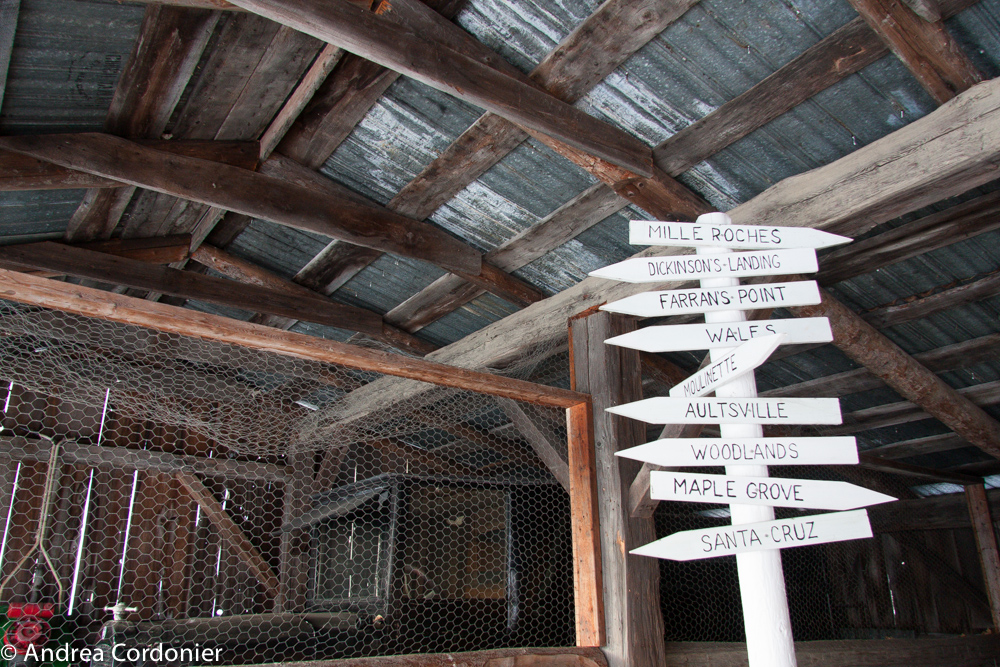
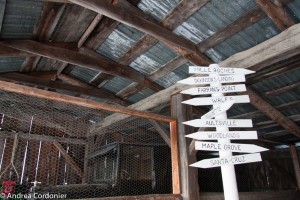
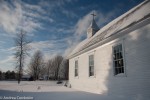
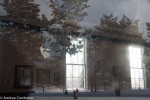

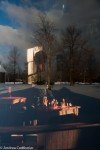
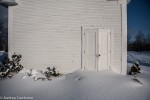
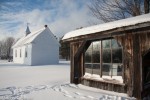




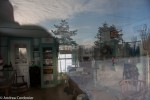
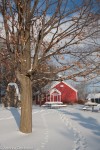


One response to “The Lost Villages of the St. Lawrence”
Such a strange and sad thing to think about — these drowned villages. The photographs are beautiful.